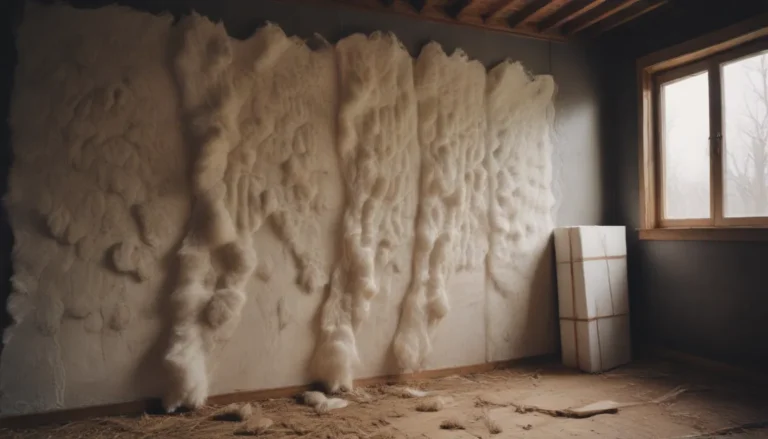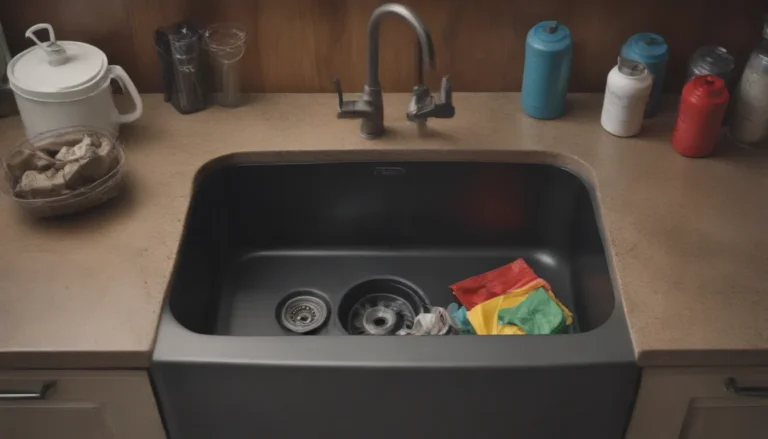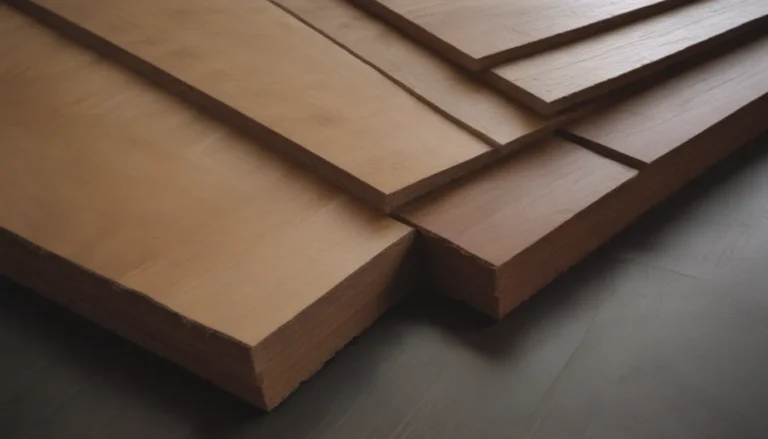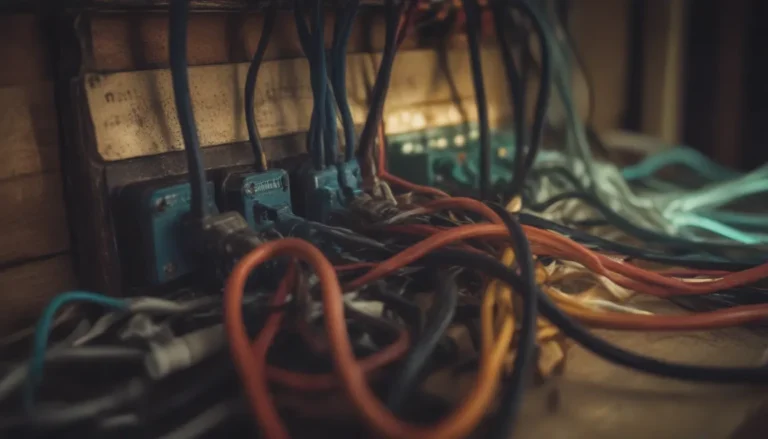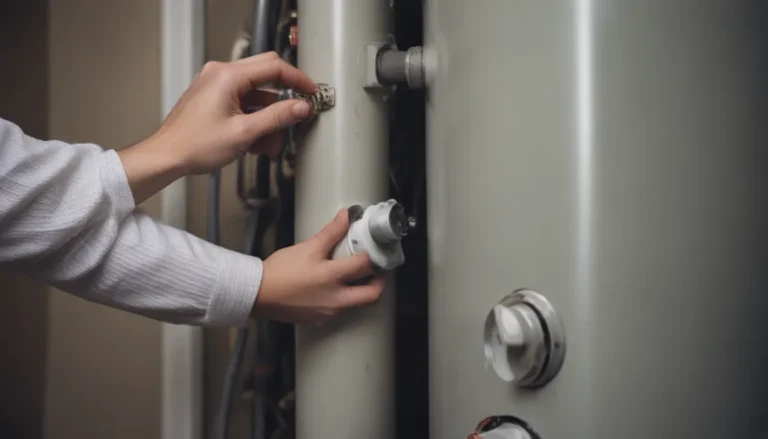Extending the Lifespan of Your Roof: A Comprehensive Guide
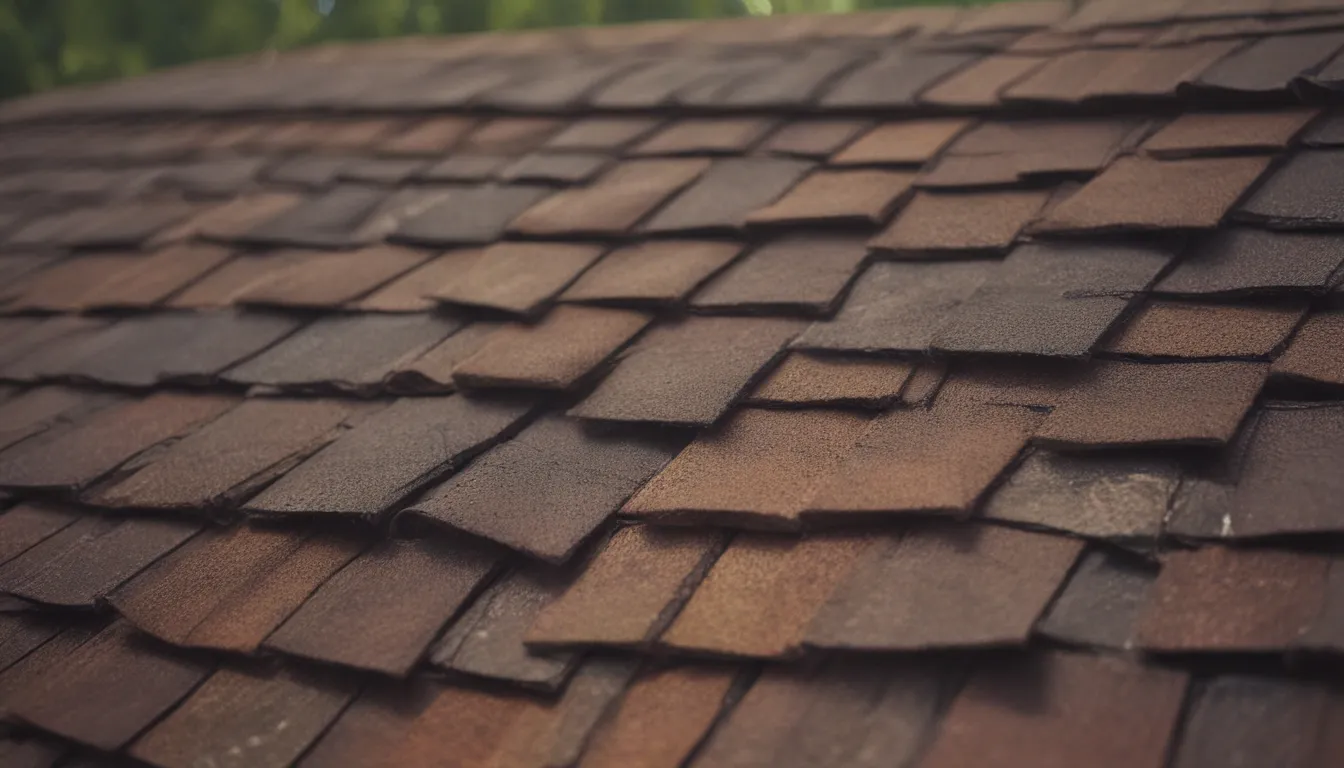
Are you wondering how long your roof will last before needing a replacement? The lifespan of a roof can vary widely depending on the material used, the quality of installation, and the climate it’s exposed to. Whether you have asphalt shingles, clay tiles, metal roofing, slate tiles, TPO rubber roofing, or wood shingles, understanding the factors that impact your roof’s longevity is essential for maintaining its health and preventing costly repairs.
From protecting your home from the elements to enhancing its curb appeal, your roof plays a crucial role in the overall structure of your property. In this article, we will explore the average lifespan of different roofing materials, discuss the signs that indicate you need a new roof, and provide tips on how to extend the lifespan of your roof. By the end of this guide, you’ll have a better understanding of how to care for your roof and ensure it lasts for many years to come.
Roof Lifespan by Material
Asphalt Shingles
Asphalt shingles are a popular choice for residential homes due to their affordability and versatility. Here are the two main types of asphalt shingles:
- 3-tab asphalt shingles
- Architectural asphalt shingles
Clay and Concrete Tiles
Clay tiles are durable and long-lasting, with a lifespan of over 100 years when properly maintained. Concrete tiles are a more affordable alternative but offer similar durability and resistance to the elements.
Metal Roofing
Metal roofs, including copper, steel, and zinc materials, are known for their durability and longevity. While they may not last as long as clay or concrete tiles, metal roofs are still a great option for homeowners looking for a low-maintenance roofing solution.
- Copper roofs
- Steel roofs
- Zinc roofs
Slate Tile
Slate tile roofs are incredibly durable and can last anywhere from 60 to 150 years with proper care. While they come with a higher price tag, the longevity and resilience of slate tiles make them a worthwhile investment.
Thermoplastic Polyolefin (TPO) Rubber Roofing
TPO roofing is a newer option made from recycled rubber. While it typically lasts around 15 to 20 years, it offers low maintenance and easy installation, making it a practical choice for flat roofs or those with a low slope.
Wood Shingles
Wood shingles add a charming aesthetic to any home but require regular maintenance to prevent wood rot and mold growth. With proper care, wood shingles can last between 25 to 30 years, making them a durable option for homes in colder climates.
Factors That Impact a Roof’s Lifespan
Climate
The climate plays a significant role in determining the lifespan of your roof. Choosing the right roofing material for your climate can help prevent premature deterioration and ensure your roof lasts as long as possible.
Material Quality and Colors
Investing in high-quality roofing materials and selecting the right color can also impact your roof’s lifespan. Lighter colors reflect heat and are ideal for warm climates, while darker colors absorb heat and are better suited for colder regions.
Quality of Installation
Proper installation is crucial for the longevity of your roof. Hiring a professional roofing contractor ensures that your roof is installed correctly, reducing the risk of leaks and other issues down the line.
Roof Maintenance
Regular maintenance, including annual inspections and cleaning, can help prolong the lifespan of your roof. Keeping gutters clean and clear, removing debris, and addressing any issues promptly can prevent costly repairs.
Slope
A properly sloped roof allows for effective drainage, preventing water accumulation and potential damage. Regular cleaning and inspections help ensure that your roof remains in good condition.
Ventilation and Underlayment
Good ventilation and quality underlayment are essential for preserving the integrity of your roof. Proper ventilation prevents moisture buildup, while high-quality underlayment protects against water infiltration and mold growth.
How to Make a Roof Last Longer
Beyond understanding the factors that influence your roof’s lifespan, there are steps you can take to extend its longevity:
- Regular maintenance, including cleaning gutters and inspecting for damage
- Prompt repairs to address any issues before they escalate
- Installing gutter systems to protect your roof, walls, and foundation
- Using a roof rake to remove snow and prevent ice dams
Roof Warranties
While roofs generally last between 25 to 50 years, warranties can provide additional protection for your investment. Reputable roofing companies offer warranties on installation materials, giving you peace of mind in the event of unforeseen circumstances.
Signs You Need a New Roof
Inspecting your roof annually can help identify signs that indicate it’s time for a replacement. Look out for:
- Curling or distorted asphalt shingles
- Cracks, rust, or loose metal roofing
- Split shingles, wood rot, or pest damage on wood shingles
- Cracks, chipped tiles, or missing mortar on slate, clay, or concrete tiles
By staying vigilant and addressing issues promptly, you can ensure that your roof remains in good condition and protects your home for years to come.
In conclusion, understanding the lifespan of your roof and taking proactive steps to maintain it can save you time and money in the long run. By investing in high-quality materials, hiring professional contractors, and performing regular maintenance, you can extend the life of your roof and ensure the safety and integrity of your home. Whether you have asphalt shingles, metal roofing, slate tiles, or wood shingles, there are strategies you can implement to maximize the lifespan of your roof and enjoy peace of mind for years to come.
